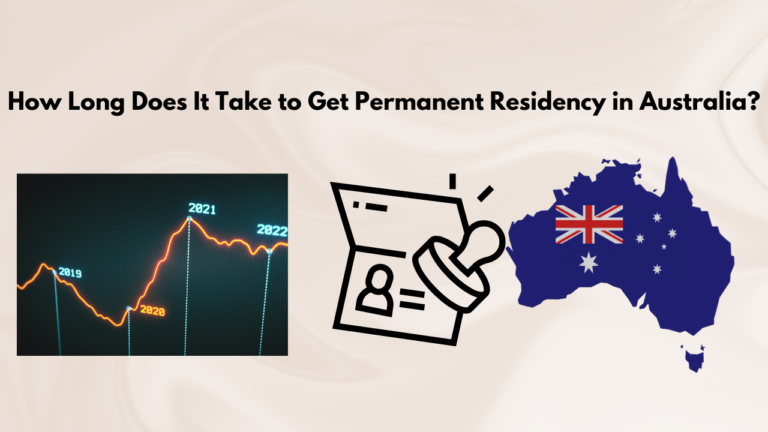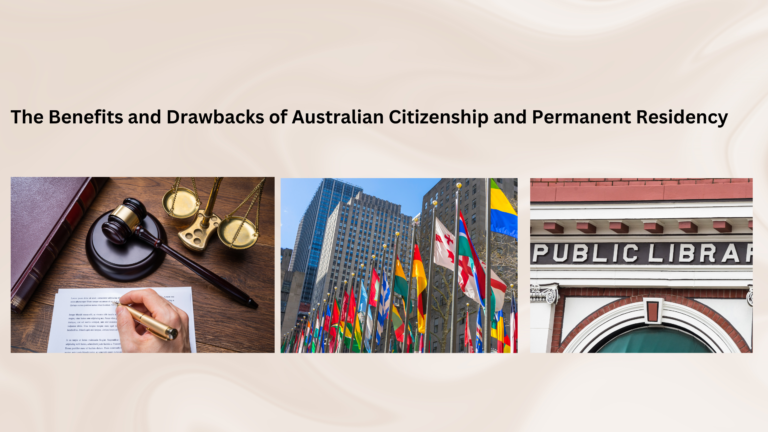Child born overseas to an Australian citizen
Navigating the path to Australian citizenship for a child born abroad can be complex.
Understanding the process is crucial for Australian parents seeking to secure their child’s future.
This article aims to provide a comprehensive guide on the subject. It will delve into the nuances of eligibility criteria, passport application, and the role of family lineage.
We will also explore the concept of Australian citizenship by descent. This is a key aspect for children born overseas to an Australian citizen.
By the end of this guide, you will have a clear understanding of the citizenship process. You will be equipped with actionable steps to ensure a smooth journey towards your child’s Australian citizenship.
Let’s embark on this journey together.
Understanding Australian Citizenship by Descent
Australian citizenship by descent is a legal status conferred on children born overseas to an Australian citizen. It is a crucial concept for parents seeking to secure Australian citizenship for their child born abroad.
The legal framework governing this process is outlined in the Australian Citizenship Act 2007. This legislation provides the basis for acquiring Australian citizenship by descent.
The following are key aspects of Australian citizenship by descent:
- It is not automatically granted; an application must be made.
- The Australian citizen parent must have been an Australian citizen at the time of the child’s birth.
- The child must be under 18 at the time of application.
Eligibility Criteria for Citizenship by Descent
The eligibility criteria for Australian citizenship by descent are specific. Understanding these criteria is the first step in the citizenship process.
The child must have been born outside Australia. One of the parents must have been an Australian citizen at the time of the child’s birth.
The child must be under 18 at the time of application. Additionally, the child must be of good character if they are 18 or older at the time of application.
It’s important to note that the Department of Home Affairs assesses each application on its individual merits.
The Role of Family Lineage in Citizenship by Descent
Family lineage plays a significant role in the citizenship process. It is the link that connects a child born overseas to their Australian citizen parent.
Documentation is required to prove this connection. This may include the parent’s birth certificate, Australian passport, or citizenship certificate.
The Department of Home Affairs may also consider the child’s connection to Australia. This includes the length of time the Australian citizen parent has spent in Australia.
The Citizenship Process for Children Born Abroad
The citizenship process for a child born overseas to an Australian citizen is a multi-step procedure. It begins with understanding the eligibility criteria and gathering the necessary documentation.
The next step is to complete the application form. This form, known as Form 118, is available on the Department of Home Affairs website.
Once the form is completed and the necessary documentation gathered, the application can be submitted. It’s important to note that there is a fee associated with the application.
The Department of Home Affairs will then assess the application. This process can take several months.
Once the application is approved, the child will be granted Australian citizenship. They can then apply for an Australian passport.
Required Documentation for Citizenship Application
The documentation required for the citizenship application is crucial. It serves to prove the child’s connection to their Australian citizen parent.
The following documents are typically required:
- The child’s birth certificate
- The Australian citizen parent’s birth certificate, Australian passport, or citizenship certificate
- Evidence of the child’s good character, if they are 18 or older at the time of application
It’s important to note that all documents must be original or certified copies.
Step-by-Step Guide to Passport Application for Your Child
Once the child has been granted Australian citizenship, they can apply for an Australian passport. This is a separate process from the citizenship application.
The first step is to complete the passport application form. This form, known as Form B11, is available on the Australian Passport Office website.
The form must be completed in English. It must be signed by the child’s parent or guardian.
The completed form, along with the necessary documentation and the passport fee, can then be submitted to the Australian Passport Office.
Once the application is processed and approved, the child’s Australian passport will be issued. This passport serves as proof of the child’s Australian citizenship.
Legal Considerations and Common Pitfalls
Navigating the citizenship process can be complex. It’s important to be aware of the legal considerations and potential pitfalls.
One common issue is the submission of incomplete or incorrect applications. This can lead to delays or even denial of citizenship.
Another potential pitfall is the failure to provide official translations for non-English documents. This can result in the rejection of the application.
Dual Citizenship and Legal Implications
The possibility of dual citizenship can have significant legal implications. It’s important to understand these implications before proceeding with the citizenship process.
For instance, dual citizens may have tax obligations in both Australia and their country of birth. They may also be subject to military service requirements or other duties in their country of birth.
Finalizing the Citizenship: Ceremonies and Evidence of Citizenship
Once the citizenship process is complete, a citizenship ceremony may be held. This is a significant event that officially welcomes the child as an Australian citizen.
After the ceremony, it’s important to apply for evidence of citizenship. This document serves as proof of the child’s Australian citizenship.
Timeframes, Fees, and Processing Periods
The timeframe for the citizenship process can vary. It largely depends on the complexity of the case and the workload of the Department of Home Affairs.
There are also fees associated with the citizenship application and passport issuance. It’s crucial to factor these costs into your planning.
Conclusion and Next Steps
Securing Australian citizenship for a child born abroad is a complex process. It requires careful planning, thorough documentation, and a clear understanding of the legal framework.
However, with the right guidance and resources, it’s a manageable task. The next step is to start the application process and navigate the journey towards your child’s Australian citizenship.








